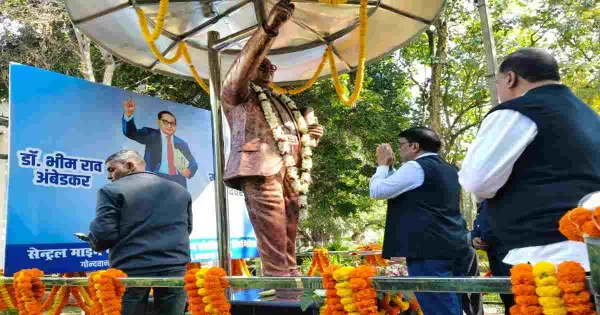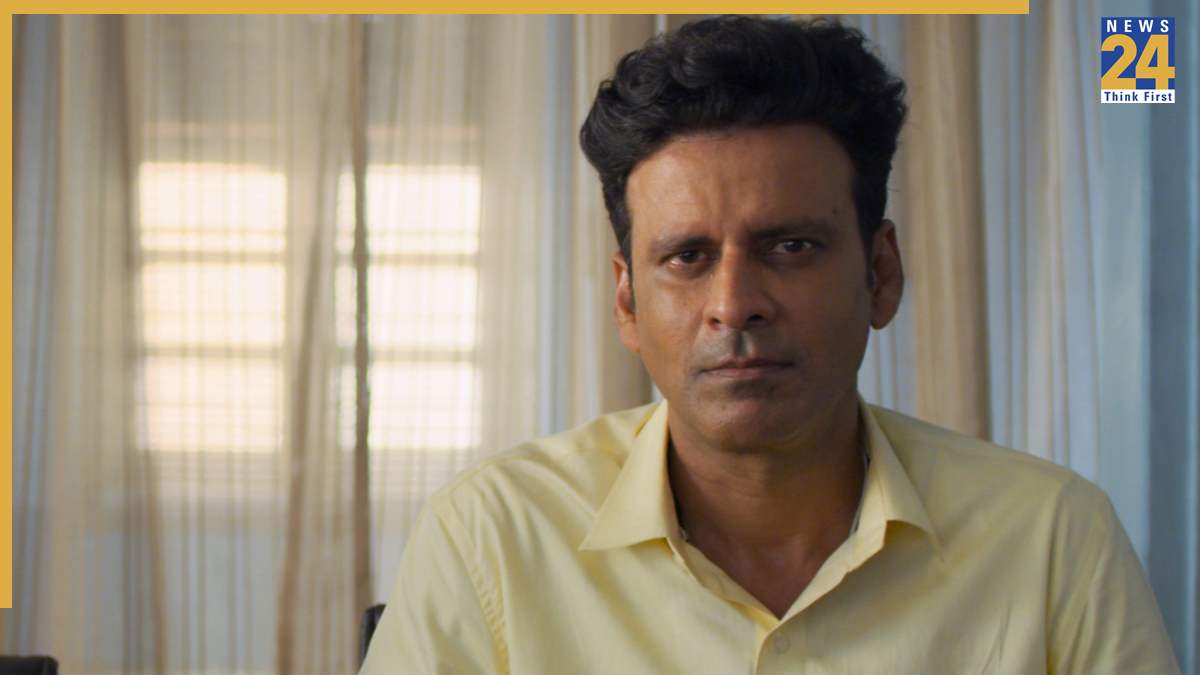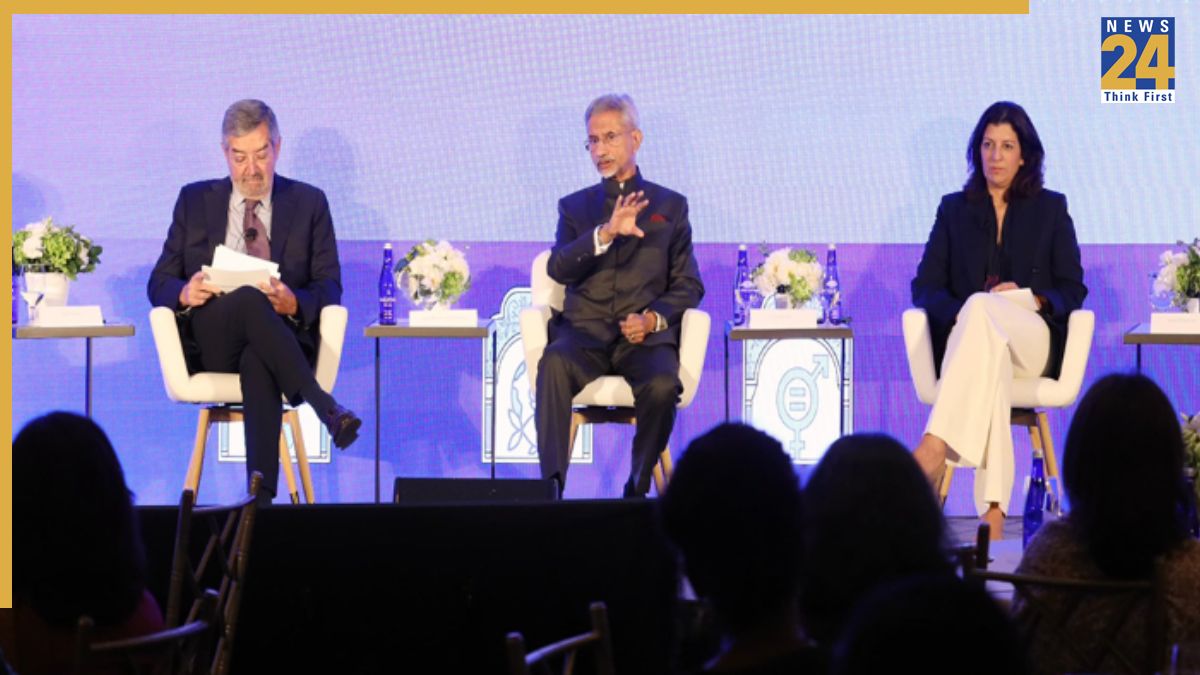Subscribe to Updates
Get the latest creative news from FooBar about art, design and business.
Browsing: technology
Following Akshay Kumar’s account of his daughter’s concerning online interaction, Manoj Bajpayee, a father himself, highlights the critical need for robust measures…
In the world of the internet and mobile apps, terms like ‘Log in’ and ‘Sign in’ are used daily. However, many people…
Elon Musk has shared a new video showcasing the Tesla Optimus humanoid robot learning Kung Fu and demonstrating self-defense techniques. In the…
The Apple iPhone 17 series is expected to launch soon, following the popularity of Apple’s flagship series. The company is reportedly preparing…
The Apple iPhone 17 series has been launched in India and is already proving popular with consumers. Reports indicate the company is…
Defense Minister Rajnath Singh observed Vijaya Dashami with the nation’s soldiers. Singh visited Bhuj, Gujarat, on the eve of Vijaya Dashami and…
President Donald Trump’s controversial policies continue to draw criticism both domestically and internationally. Recent changes to the H-1B visa policy are expected…
Sony India has introduced the WH-1000XM6 headphones to the Indian market, a new addition to their popular 1000X series. These headphones boast…
The Samsung Galaxy S24 Ultra 5G is now available with significant discounts on Amazon and Flipkart. The price has been reduced to…
Google marked its 27th anniversary on September 27, 2025. The tech company commemorated the occasion with a special doodle, reminiscent of its…
Google, a globally recognized entity, celebrates its 27th anniversary. It has achieved significant success in the internet world, evolving beyond a search…
The day of September 27th holds significant importance for BSNL, the state-owned telecom company. Telecom Minister Jyotiraditya Scindia announced via a post…
Google Gemini Nano Banana AI vs. Seedream 4.0: A Comparative Analysis of Image Generation Tools
ByteDance, the Chinese company behind TikTok, has launched Seedream 4.0, an image-making tool designed to rival Google DeepMind’s Nano Banana (Gemini 2.5…
External Affairs Minister Dr. S. Jaishankar addressed the changing dynamics of global employment during a discussion at the United Nations General Assembly…
One speaker can be purchased for Rs 899, offering a 14W sound output and a Bluetooth range of up to 10 meters.…
Elon Musk, owner of Tesla and X, along with Meta CEO Mark Zuckerberg, and Amazon’s Jeff Bezos, are among the billionaires who…


























